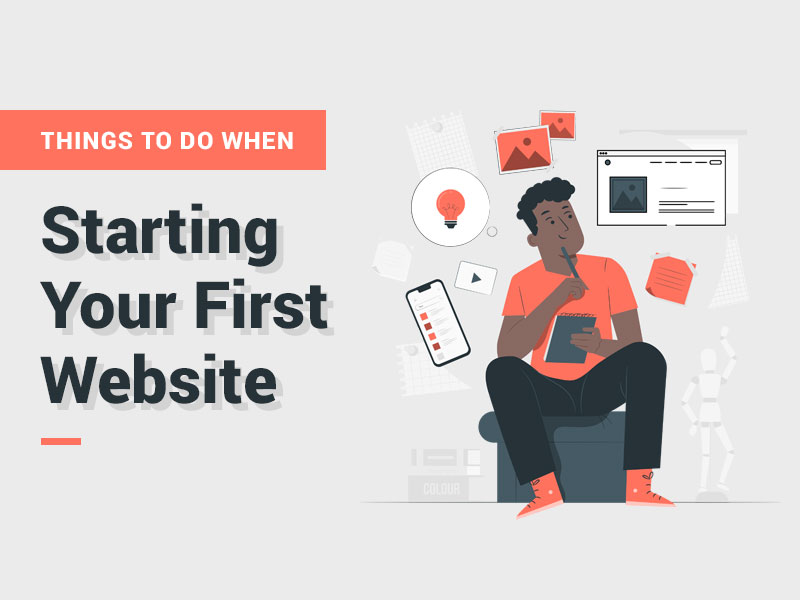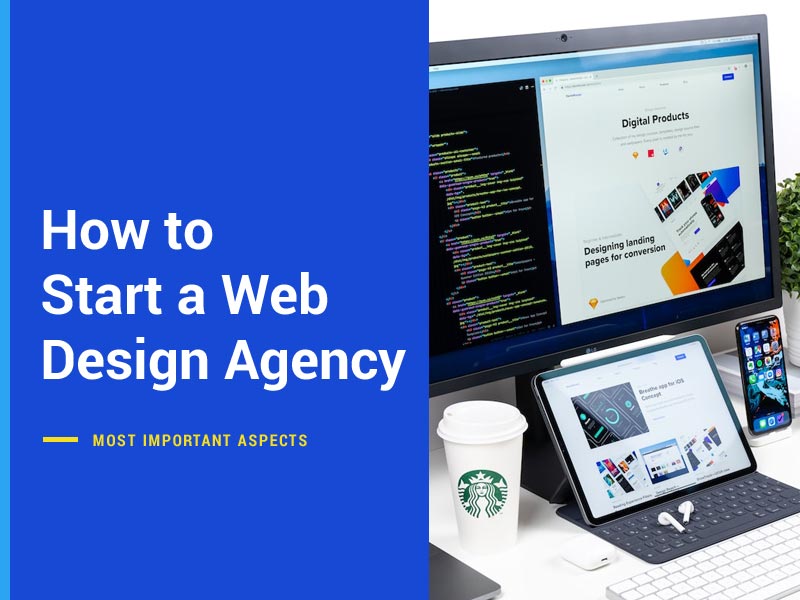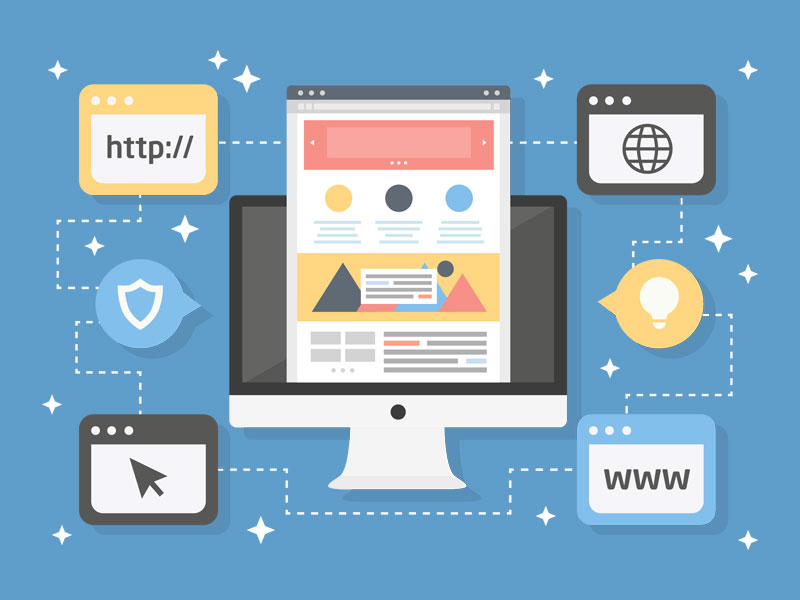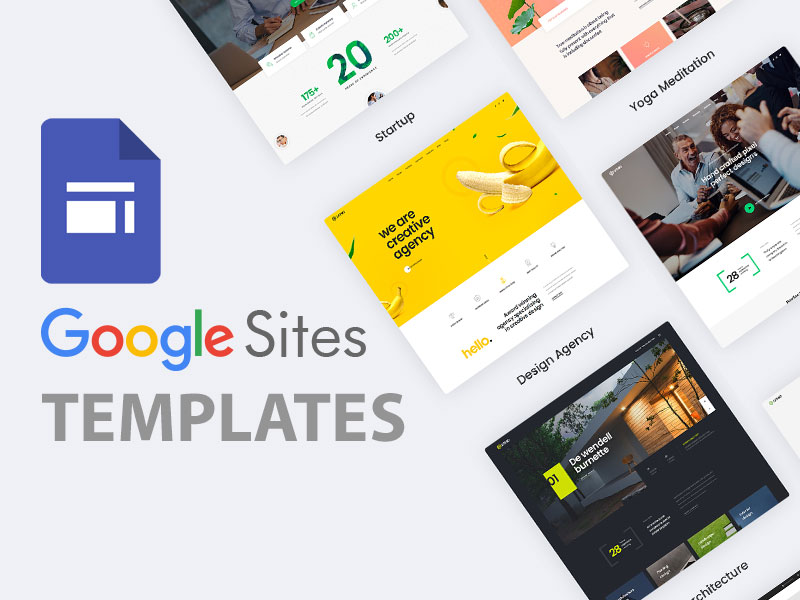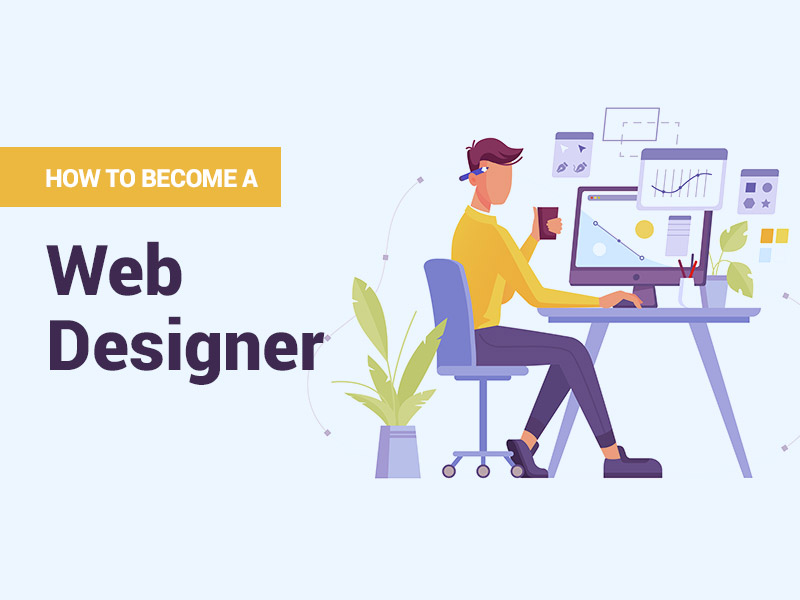Starting your first website can be an equally exciting and nerve-wracking endeavour. While you’re excited to see the boost a website can give to your brand or business, you’re also worried that something could go wrong or that you could make one of the many rookie mistakes people building their first website often make.
Happily, there’s a whole host of advice available out there to help you avoid making these mistakes, and we’re here to help on that front. Here are 10 things to remember when starting your first website.
Things to Consider Before Starting Your First Website
1. A website is often more important than social media
Having your own website is, in many ways, more important than maintaining a social media presence (which is also crucial for the success of your business). If you have a website, it can act as a professional frontage that lets potential clients and customers know that you’re legit. It’s easy to forget that setting up your own website is a critical part of building a business strategy, but not doing so could seriously damage your chances of success.
2. A website can cost more than you think
Building a website can be done entirely for free, but you likely won’t get the level of quality that you should expect (and look for!) when you’re building your brand. There are also other costs like domain maintenance, paying professional website designers, and paying subscription fees for web design platforms, so be attentive while calculating your MVP cost.
You can dip into your savings to find the money to pay for this, or you could look to online help; a £1500 loan should be sufficient as a starting pool, for instance.
3. You can say more with less
It can be very tempting to throw everything at your website and see what sticks, but this may not be the best approach in terms of communicating your core brand values. Minimalism can say more with less; taking an elegant, classy approach to web design rather than a maximalist aesthetic can have tangible benefits in the short- and long-term. Before you split everything into myriad pages and categories, consider how you can strip it all back.
4. Colour scheme is important
You could have the most informative website in the world, but if you don’t choose the right colour scheme, then you may put visitors off before they’ve even realized who you are and what you’re about. Picking the correct colour scheme for your website is something you should bear in mind right from the early design stages. It’s an intrinsic part of your site, and it should reflect your overall core branding as well as what kind of emotion you want to instill in your visitors.
5. Don’t neglect fonts
Your website should be clean, easy-to-read, and accessible, and it should also tell visitors who you are and what you’re about at a glance. That’s why you should make sure that you’re selecting the correct fonts. The choice you make with regards to fonts can tell visitors a lot about you; if you pick an irreverent font and your content is serious, for example, that might tell visitors that you haven’t thought seriously about how your visuals work together.
6. It’s easy to miss content errors
Errors in content can be incredibly easy to overlook, but they’re also one of the biggest red flags for visitors. If a visitor sees that your content is improperly proofed, they will likely think that the rest of your website (and thus your brand) is as unprofessional as that mistake implies. Make sure you are extensively proofreading and editing all of the content that is published on your website so as to eradicate mistakes and keep up that professional feel.
7. Keep images at the forefront of your mind
Many visitors engage much more readily with image-based content (or even text content that is accompanied by images) than text, so it’s important to make sure you have plenty of images on your site. However, they should be the right images for the content; they should be properly sized, spaced, and embedded within the article, and you should make sure to take care of metadata as well so as to boost your potential visibility when it comes to SEO.
8. Test, test, test
At every major stage of your website’s creation – as well as at several minor stages along the way – you should be making sure to extensively test your site in order to ensure it works. That means stress-testing every link, every potential customer interaction, and anything else that affects your site’s functionality. The last thing you want is to run into an error simply because there was an easily-fixed bug that you overlooked in testing.
9. Have your domain in mind from the off
You should be building your website with your chosen domain in mind right from the get-go. That will enable you to link up your site’s branding with your domain name so that you can incorporate them smoothly and eliminate any potential confusion for visitors. It’s okay if your domain isn’t identical to your brand name; the most important thing is to make the domain work alongside the branding so that together, they tell a story that’s worth a visitor’s time.
10. Don’t forget mobile
It’s far too easy to neglect the mobile space when you’re crafting your first website. The fact is that a huge amount of your traffic is going to come from mobile, so making sure your site is snappy and responsive on smartphones and tablets is almost more important than making sure the desktop site works well. If you’re working with a pro designer, they should already know the importance of mobile design, and most platforms will also offer responsive design as standard too.
